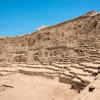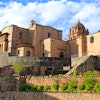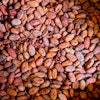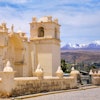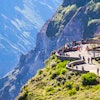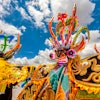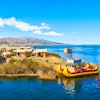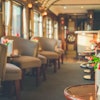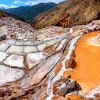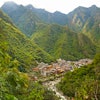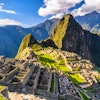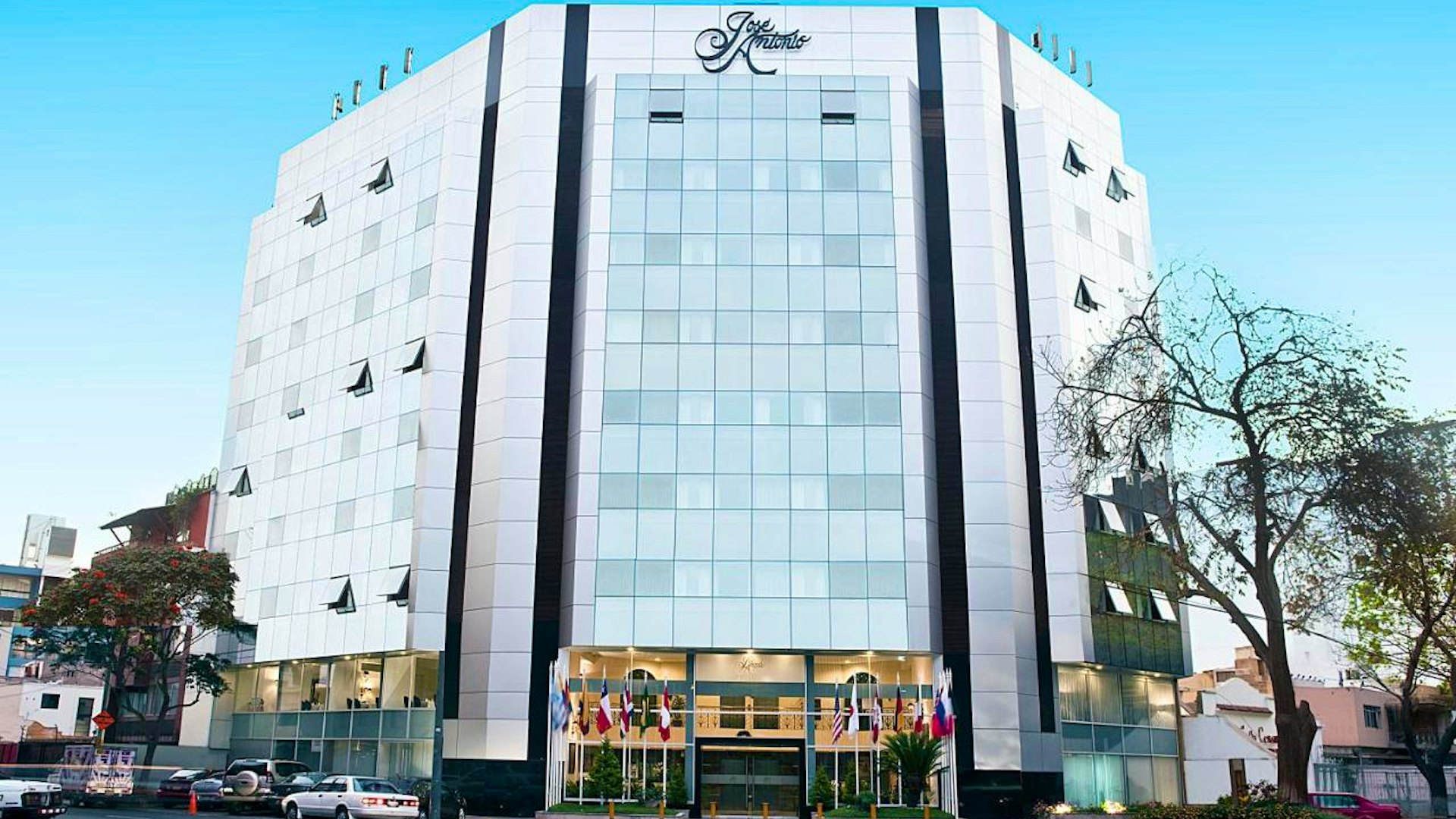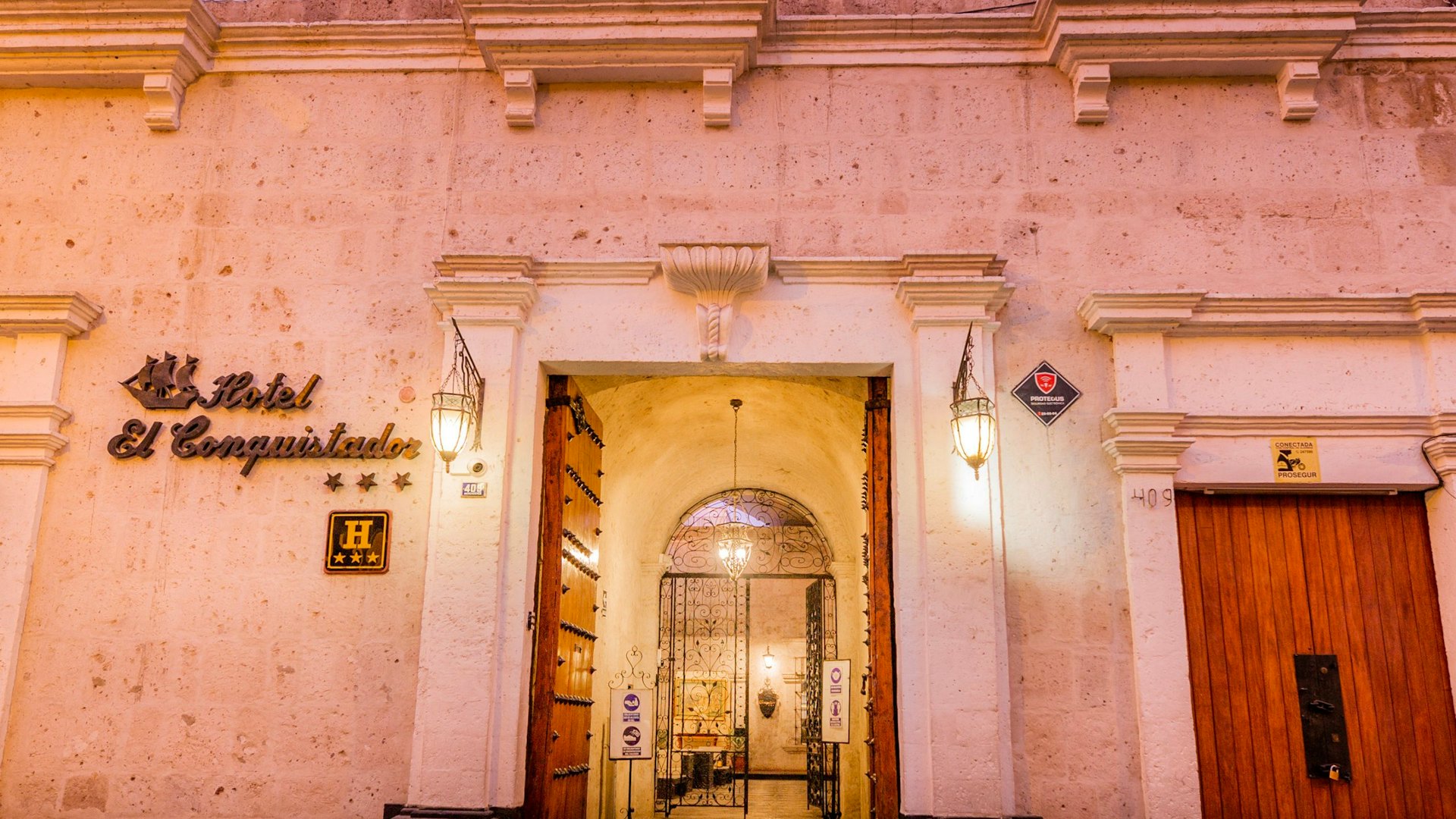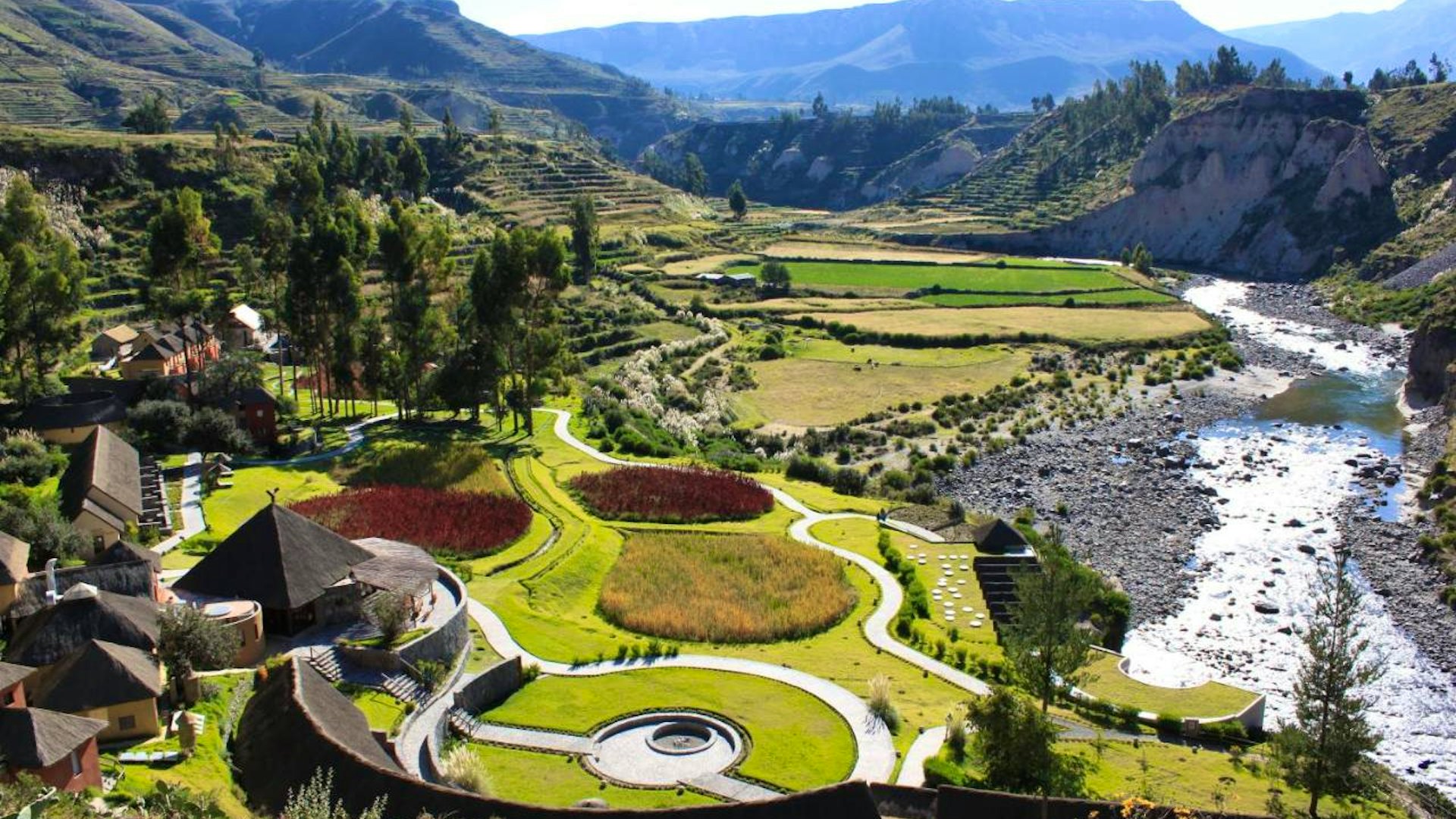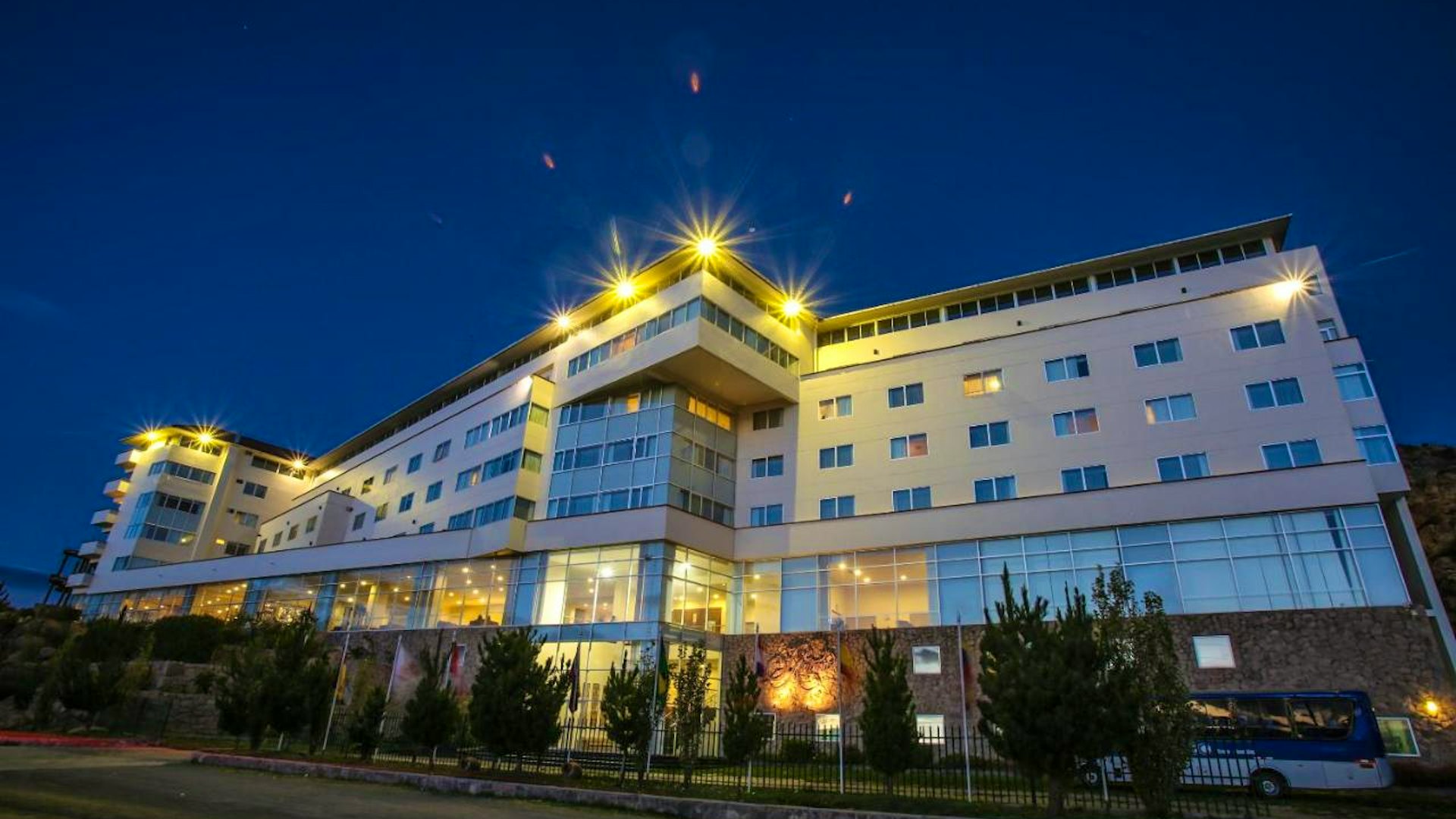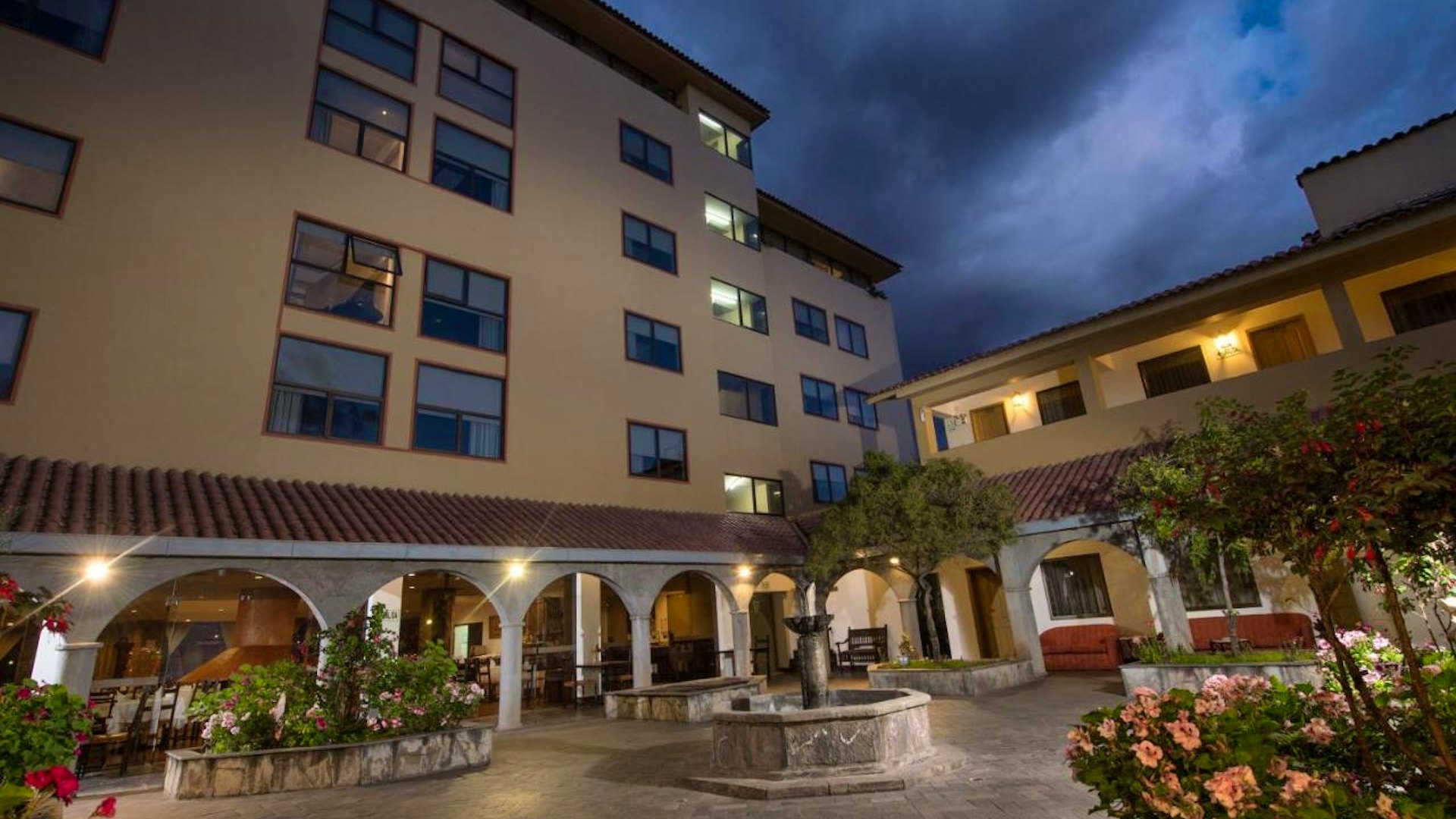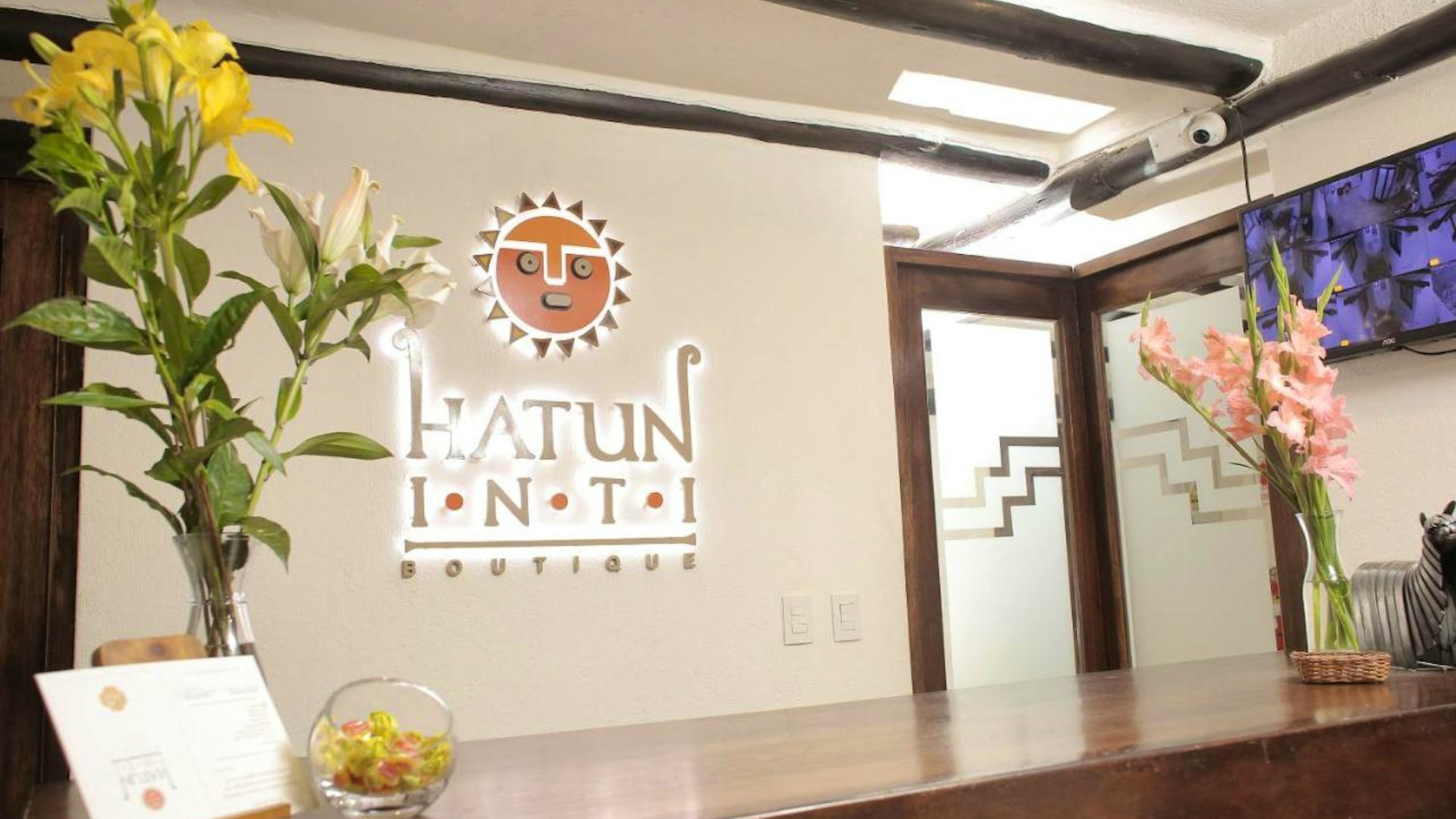Filter Holidays
Find your
next holiday
Filter
Holidays
Sign Up to Emails
Subscribe to our email newsletter and find out the latest news, updates and offers first!
Textile Traditions and Cultures of Peru
15 days from £4,785pp
Holiday Overview
Peru has the longest continuous history of textile production in the world, going back almost 10,000 years. Invented long before pottery and just as humans started agriculture, Peruvian fibre manipulation began with simple spun fibres, but by 500AD this rudimentary craft had developed into complex techniques. On our travels we’ll explore the processes involved in the production of textiles and meet artisans whose traditions have been passed down through the centuries.
Itinerary
Please choose your preferred 15 day itinerary
Please Note: Flight-inclusive packages are available at an extra cost, with international flights from London to Lima (1 stop) with 1 piece of checked-in luggage and airport transfers included.
Workshop Information: Coming soon!
With our flight-inclusive package, meet your expert and Tour Manager at London Heathrow for our flight to Lima. We will be met by our driver and local guide and transfer to our hotel .
If you have booked our join direct package, make your way to the Jose Antonio Hotel independently to meet the group.
Included Meals
- Dinner
Today’s guided tour of Lima starts at the ancient ceremonial centre of Huaca Pucllana, built centuries before the arrival of the Spanish. In the historic centre of Lima, we’ll stroll around the main square, Plaza de Armas, and admire certainly some of the best architecture in the city and maybe in all of Peru. We’ll also visit Lima Cathedral and Santo Domingo convent and its extensive monastery.
We also visit Amano Pre-Columbian Textile Museum, which is renowned for its great collection of archaeological material from pre-Columbian Peruvian cultures.
Included Meals
- Breakfast
Highlights
- Amano Pre-Columbian Textile Museum
- Lima with Guided Tour
This morning we fly to Arequipa. Our time here begins with a walk through Santa Catalina Monastery where we’ll explore the three centuries of history hidden behind its walls. Our tour continues to Compañia Church, famous for its intricately carved churrigueresque style façade and colourful altar of Saint Ignacio. At the main square, we’ll visit the neo-Renaissance style cathedral.
We continue by road to Yanahuara, enjoying views of the city and the Misti, Chachani and Pichu Pichu volcanoes. The highlight of the day, however, may well be our visit to one of the alpaca centres in the city. Here we’ll learn about the animals and their fleece, meet the people who work with the fibre and see some of the finished products.
Included Meals
- Breakfast
- Dinner
Highlights
- Yanahuara Alpaca Centre
- Arequipa Tour
We make an early start this morning to travel to Yanque. En route we’ll pass through Pata Wasi (high home), an Andean community, where we’ll see some interesting stone formations and the slopes of Chachani and Misti volcanoes. To prevent altitude sickness, we’ll stop to enjoy a coca tea.
As we approach the village of Chivay, we’ll be dazzled by the sight of the 1,500 year old brightly-coloured valley terraces built by the Collaguas, a culture before Inca times.
Included Meals
- Breakfast
- Dinner
Highlights
- Chivay
- Yanque
Another early start this morning. Our first stop will be to the Plaza de Armas in Yanque, where students from three local schools perform folk dances to support school programmes. We continue to visit the condor viewpoint, located on the edge of the canyon.
From the viewpoint, the glory of the Colca Canyon will be spread out before you. The condors will make their regular morning flight out of the canyon and you will have an excellent view of them as the sun rises over the jagged Peruvian peaks.
This afternoon we’ll enjoy our first workshop with our expert.
Included Meals
- Breakfast
- Dinner
Highlights
- Plaza de Armas
- Colca Canyon
- Workshop
We travel by road to Puno today, but we start the day in Chivay to buy supplies for our journey. If we are lucky, the embroidery stall at the market will be open and we can enjoy a demonstration by a local expert. En route to Puno, we’ll view pre-Incan tombs located on nearby cliffs and pass through the colourful towns of Pinchollo and Maca.
Included Meals
- Breakfast
- Dinner
Highlights
- Puno
Our excursion today, travelling by motorboat, takes us to two of Lake Titicaca’s islands. Our first stop is the Uros Islands, a collection of 65 small islands. During the visit our guide will explain about the history and lifestyle of the people that have lived on these islands for many years.
Our second stop, Taquile Island, is a traditional Quechua-speaking community full of ancient agricultural terraces and ruins dating back to pre-Inca times. The population here was relatively isolated from the mainland until the 1950s and the notions of community and family remain strong. The weaving tradition on the island goes back to early civilisations and preserves elements from pre-Incan Andean cultures. The most characteristic garments are the chullo, a knitted hat with an earflap, and a calendar waistband, depicting the annual cycles of ritual and agricultural life.
From the island, we’ll enjoy impressive views of Lake Titicaca and the little houses inhabited by the direct descendants of the Incas.
Included Meals
- Breakfast
- Lunch
Highlights
- Taquile Island
- Uros Islands
Today we travel by train to Cusco. The route covered by the Titicaca Train is considered by many to be one of the most beautiful in the world. Before departure, we’ll be welcomed at Puno Station by local musicians as we board the train. Facilities onboard include two dining cars, serving the finest gourmet food, decorated in the style of the Pullman cars of the 1920s.
Included Meals
- Breakfast
- Lunch
Highlights
- The Titicaca Train
Today we’ll discover the beauty and magic of Cusco, the imperial city of the Incas. Our tour starts at the Koricancha, the most important temple in the Inca empire. Next, we’ll explore Cusco Cathedral where we can view the works of the Cusco School of Painters and the gold and silver relief work on the main altar and pulpit. At the imposing fortress of Sacsayhuaman, a very impressive Incan construction, we’ll see the stones the size of a truck that form the walls and have been carefully cut and fitted together.
Then we will visit the Tambomachay Archaeological Complex, an important ceremonial centre during Inca times. Our final visit of the morning will be to the Centro de Textiles Tradicionales del Cusco (CTTC), a non-profit organisation established in 1996 by Andean weavers and their supporters. The mission of the centre is to aid in the survival of Cusqueñan textile traditions and to provide support to the indigenous people who create them.
The centre works with ten weaving communities in the Cusco region of Peru on a fair-trade basis to help rescue traditions and promote the weavers and their work. Through community organization, workshops, educational opportunities and more the CTTC ensures that there is a future for Cusqueñan textile traditions.
Later this afternoon, we’ll enjoy the second workshop with our expert.
Included Meals
- Breakfast
Highlights
- Cusco Tour with CTTC Visit
- Workshop
Our excursion today will take us to the beautiful Sacred Valley. En route, we’ll stop in Ccaccaccollo, a small and scenic town hidden in the Peruvian Andes. Here, some 50 families live off agriculture and textiles; the women do the weaving while the men farm. The weaving traditions have been passed down the generations, and we’ll attend a talk and demonstration to learn how the textiles are made, taking the opportunity to make our own interpretation of the different styles and shapes on the textiles they have made for hundreds of years. One of the family members will explain the best techniques to recreate this traditional iconography.
Whilst here, we’ll observe all the processes from the shearing of the wool, spinning, washing with natural soap, collection of plants and flowers used for natural dyeing and finally the weaving of clothes including blankets, ponchos and chullos.
We’ll continue to the ruins of Pisac where we’ll enjoy a guided tour of the citadel, visiting ruins of temples, homes, altars, carvings, tunnels and caves. En route, we’ll stop at the shop of a local artisan in silver jewellery.
Included Meals
- Breakfast
- Dinner
Highlights
- Sacred Valley
- Pisac with Guided Tour
Today’s excursion takes us through lush fields of wheat and the snow-capped peaks of the Andes to Moray, ‘the Inca agricultural greenhouse’. Here we can see three amphitheatre-style terraces built by the Incas. The terraces, carved deep into the earth in a bowl shape, are thought to have been used to determine the optimal conditions for growing crops.
We continue to the village of Maras, a former salt producing centre that is thought to date back to pre-Inca times. There are 3,000 salt pools carved into the mountainside; the highly salty water emerges as a spring. The flow is directed into an intricate system of tiny channels constructed so that the water runs down several hundred ancient, terraced ponds. The water, exposed to the sun, leaves salt on the land.
Afterwards, we’ll enjoy a weaving demonstration where we’ll learn first-hand how weavers turn alpaca and sheep wool into fine textiles. Beginning with spinning and moving through each step of the weaving process we’ll watch as the women of the Away Weaving Association work their magic. Discover the rainbow of colours that natural dyes produce and gain a greater appreciate of the long hours that go into each textile as the weavers show how to warp, weave and finally finish with the unique ñawi awapa border technique.
This afternoon we’ll enjoy our third workshop with our expert.
Included Meals
- Breakfast
- Lunch
Highlights
- Moray
- Maras with Weaving Demonstration
- Workshop
This morning we travel by train through majestic views to Aguas Calientes. From here, we take the bus to Machu Picchu archaeological site, where we’ll take a walking tour with a local guide and have some free time to visit the mysterious city by ourselves. Machu Picchu is a 15th-century Inca settlement sometimes referred to as “the Lost City of the Incas” and is one of the new Seven Wonders of the World.
Included Meals
- Breakfast
Highlights
- Machu Picchu with Guided Tour
- Aguas Calientes
We enjoy another opportunity to visit Machu Picchu today. This afternoon, we’ll return by train to Ollantaytambo and on to Cusco by road.
Included Meals
- Breakfast
- Dinner
Highlights
- Machu Picchu
Transfer to the Museo del Chocolate for a workshop. We’ll prepare, mold and decorate our very own chocolates choosing from a range of more than 15 local flavours such as chilli, coca leaf and muña (an Andean mint). We’ll also learn about the wider chocolate making process, starting with the cocoa tree in the Peruvian jungle to harvesting and refinement. We’ll try our hand at roasting the cocoa beans, removing coco husk, grinding the cocoa nibs and refining the cocoa paste in a melange (chocolate grinding machine).
With our flight-inclusive package, we include your transfer to Cusco airport for our internal flight to Lima and our overnight flight onwards to London.
If you have booked our join direct package, your tour ends after the chocolate-making workshop.
Included Meals
- Breakfast
Highlights
- Museo del Chocolate with Workshop
With our flight-inclusive package, today we land in London. Say farewell to your fellow travellers as we go our separate ways with wonderful memories of our time in Peru.
Tour Notes: You will need to have a good level of fitness to get the most out of this holiday. We therefore do not recommend this tour for anyone with mobility problems. The itinerary involves a significant amount of walking whilst sightseeing each day, often at high altitude and including steps and uneven ground. You should be able to board and alight coaches unaided. Whilst sightseeing is taken at a leisurely pace, for the enjoyment of everyone in the group you should be able to keep up with your fellow travellers. None of the hotels outside Lima have lift access.
We will be travelling at elevations above 2,500m for most of the tour. You should be aware that at these elevations, anyone can be affected by altitude sickness, with symptoms such as shortness of breath, headaches and nausea. To help try to prevent altitude sickness, we’ll take things easy on our first day at altitude and remind you to drink plenty of liquids and avoid heavy food. If required, hotels and transport providers are equipped to provide oxygen to help with the symptoms, and our local guide is trained to administer this.
Accommodation
You will stay for two nights at the Jose Antonio Hotel, Lima, one night at the Hotel El Conquistador, Arequipa, two nights at the Colca Lodge, Colca, two nights at the Jose Antonio Hotel, Puno, two nights at the Jose Antonio Hotel, Cusco, two nights at the Sonesta Posada del Inca Yucay, one night at the Hatun Inti Boutique Hotel, Machu Picchu and one night at the Jose Antonio Hotel, Cusco.
Jose Antonio Hotel
This 4-star hotel is located in Miraflores, very close to the main shopping streets and tourist centre of the city. Facilities include a restaurant and cafeteria serving both local and international cuisine, alongside a bar. Laundry services are available with free Wi-Fi throughout the hotel.
Hotel Facilities
- 4 Star
- Bureau de Change
- Bar
- Restaurant
- Lift
- Laundry Service
Room Facilities
- TV
- Tea and Coffee Making Facilities
- Hairdryer
- Safe Box
- Air Conditioning
- Fridge
- Telephone
- Shower over Bath
- Free Wifi
Single Room Supplement from £715.00
Hotel Conquistador
Located in the historic centre of Arequipa this 3-star hotel is built using a unique material: sillar, a stone made of porous volcanic lava. This colonial-style house, built in the early 18th century, retains its ornate façade and magnificent interior arches. Facilities include a spa and outdoor pool, as well as a games room. The hotel also boasts a library, alongside a bar and restaurant. Laundry services and free Wi-Fi are also available throughout the hotel.
Hotel Facilities
- 3 Star
- Safe Box in Reception
- Laundry Service
Room Facilities
- TV
- Hairdryer on Request
- Telephone
- Free Wifi
Single Room Supplement from £715.00
Colca Lodge
Colca Lodge is nestled on the banks of the Colca River surrounded by hundreds of pre-Inca platforms declared "Cultural Heritage of the Nation". Facilities include a relaxing spa alongside thermal pools. As well as a restaurant and bar, with laundry services also available.
Hotel Facilities
- Bar
- Restaurant
- Outdoor Swimming Pool (Seasonal)
- Laundry Service
Room Facilities
- Hairdryer
- Safe Box
- Shower
- Free Wifi
Single Room Supplement from £715.00
Jose Antonio Hotel Puno
An oasis of peace and relaxation, this 4-star hotel is located on the banks of Lake Titicaca but just 8 minutes from the city.
Hotel Facilities
- 4 Star
- Bar
- Restaurant
- Lift
- Room Service Available
- Laundry Service
Room Facilities
- TV
- Tea and Coffee Making Facilities
- Hairdryer
- Safe Box
- Fridge
- Telephone
- Shower over Bath
- Free Wifi
Single Room Supplement from £715.00
Jose Antonio Hotel Cusco
This modern 4-star hotel is ideally located to access all the treasures awaiting you in the city.
Hotel Facilities
- 4 Star
- Bar
- Restaurant
- Lift
- Laundry Service
Room Facilities
- TV
- Tea and Coffee Making Facilities
- Hairdryer
- Safe Box
- Fridge
- Telephone
- Shower over Bath
- Free Wifi
Single Room Supplement from £715.00
Hatun Inti Boutique Hotel
Hatun Inti Boutique Machu Picchu offers a very relaxing environment, where tranquillity, beauty and wonder are all part of the experience. A buffet breakfast is served daily. Toto House Restaurant offers a wide variety of Peruvian and international dishes. Free Wi-Fi is available throughout the hotel.
Hotel Facilities
- Lift
- Iron at Reception
Room Facilities
- TV
- Tea and Coffee Making Facilities
- Hairdryer
- Safe Box
- Fridge
- Telephone
- Free Wifi
Single Room Supplement from £715.00
Sonesta Posada Del Inca Yucay
Located in the heart of the Sacred Valley and surrounded by beautiful gardens, Sonesta Posadas Del Inca Yucay is a remodeled 18th-century monastery that retains its original colonial charm
Hotel Facilities
- Bar
- Restaurant
- 24 Hour Front Desk
- Laundry Service
Room Facilities
- TV
- Hairdryer
- Safe Box
- Telephone
- Free Wifi
Single Room Supplement from £715.00




